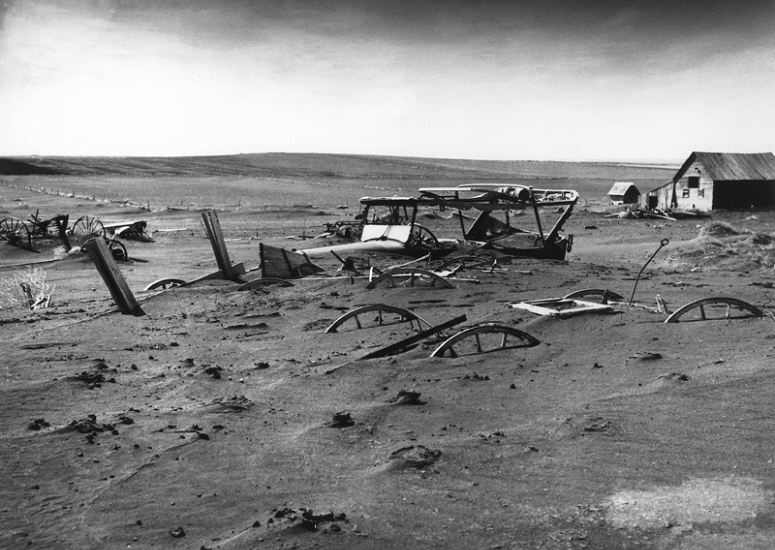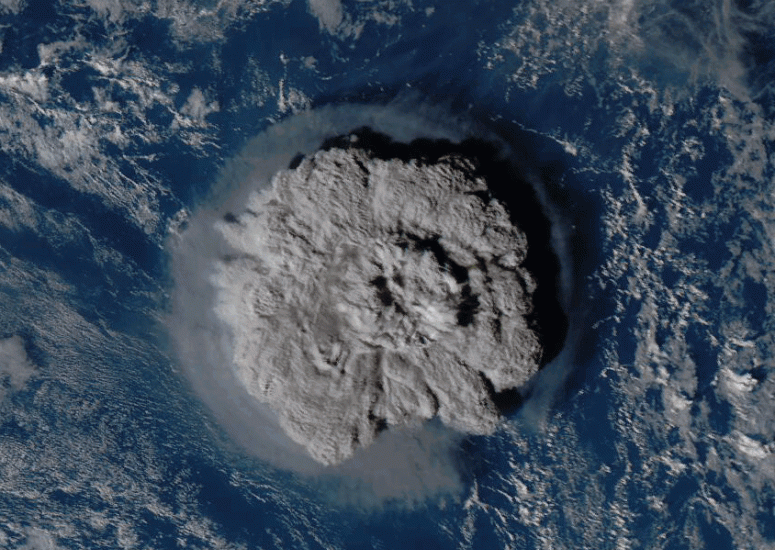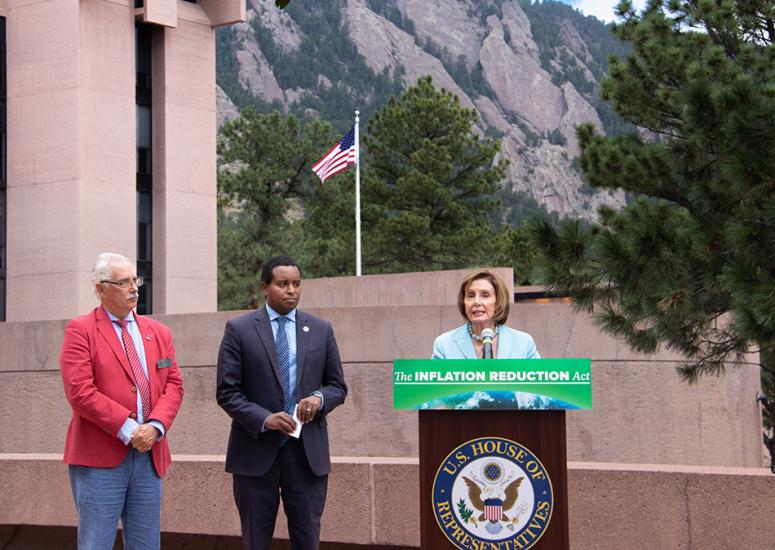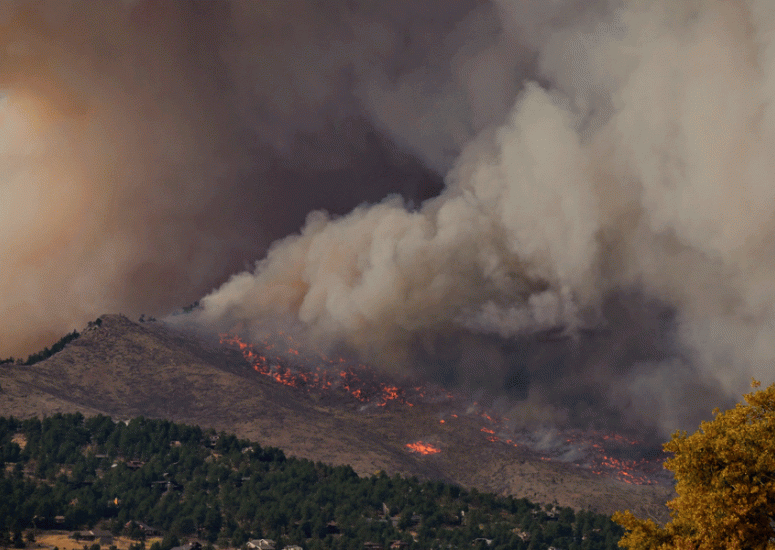-

1930s Dust Bowl affected extreme heat around Northern Hemisphere
Scientists find link between the extreme heat of the Great Plains in the 1930s and soaring temperatures far beyond the United States.
- Climate,
- Weather
-
Paris Agreement goal would mitigate sea level rise
High-end projections show sea level rise this century would not exceed three feet if society meets the goals of the Paris Agreement.
- Climate
-

Volcanic eruption dramatically increased water vapor in the stratosphere
Radiosonde data reveal the extent to which the eruption of a submarine volcano substantially raised water vapor levels in the stratosphere.
- Climate
-

Scientists brief Pelosi and Neguse on research advances
Pelosi calls visit "transformative" and lauds research efforts.
- Climate,
- Government Relations
-

Wildfire experts provide guidance for new research directions
Fire experts across the nation call for a more strategic and interdisciplinary approach to pursuing wildfire research and protecting vulnerable communities.
- Air Quality,
- Climate,
- Weather

